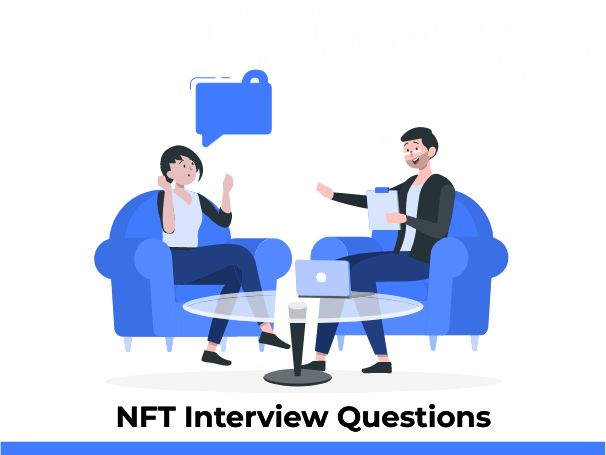What is NFT?
A Non-fungible Token (NFT) is a type of digital asset that represents ownership of a unique item or concept. NFTs are stored on a blockchain, which is a decentralized, distributed ledger that verifies and records transactions on multiple computers. This allows NFTs to be bought, sold, and traded like traditional physical assets, but with the added benefits of digital ownership and scarcity.
Unlike other digital assets, such as a digital photograph or a file, an NFT is unique and cannot be replicated or replaced. This uniqueness is ensured by the use of a blockchain, which assigns a unique identifying code to each NFT and verifies its ownership and authenticity. NFTs are used in a variety of contexts, including as a way to authenticate and sell digital artwork, as a way to represent ownership of virtual real estate or in-game items, and as a way to collect and trade unique digital assets.
here are some NFT Interview Questions and Answers that you might encounter in an interview.

